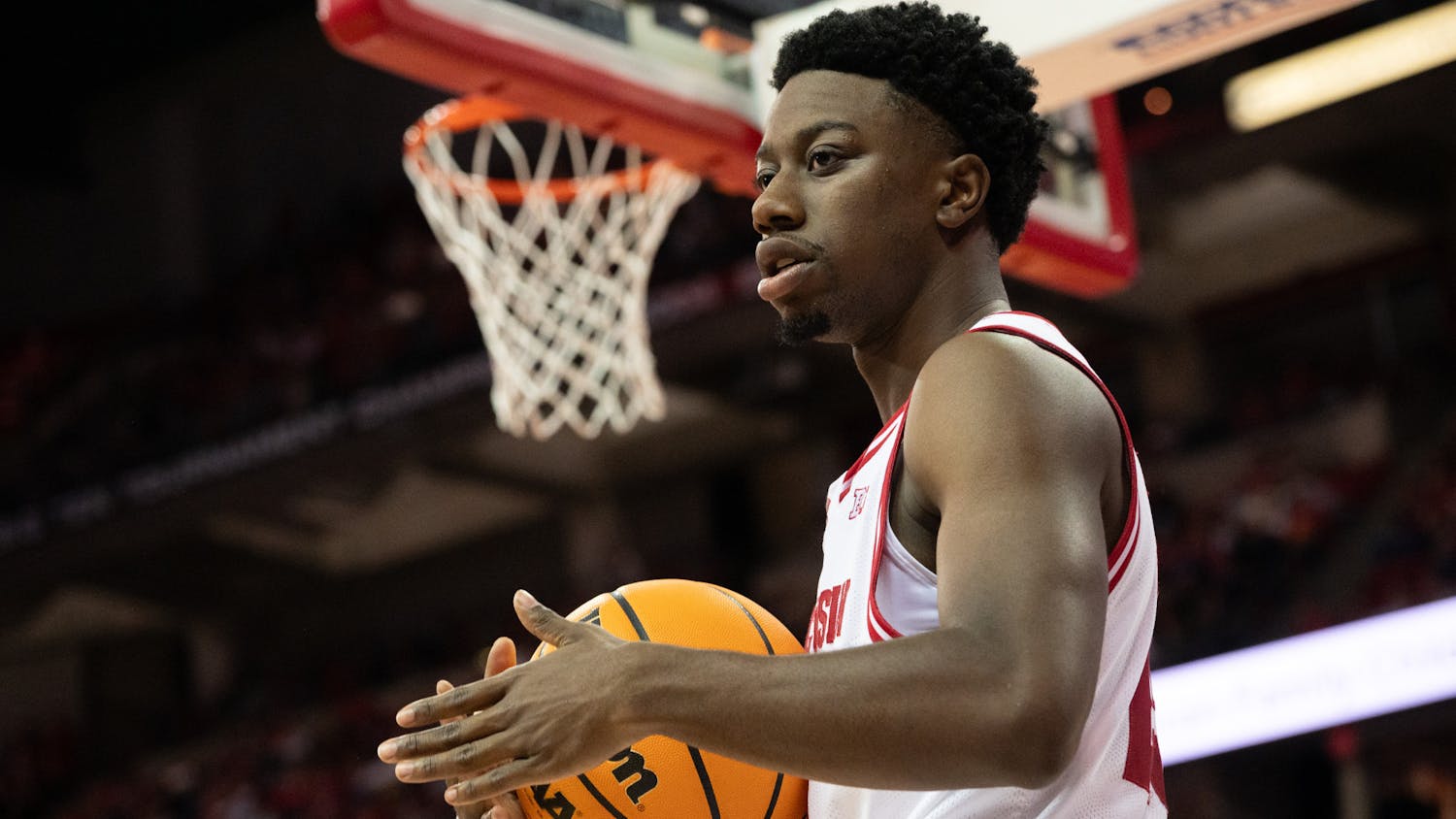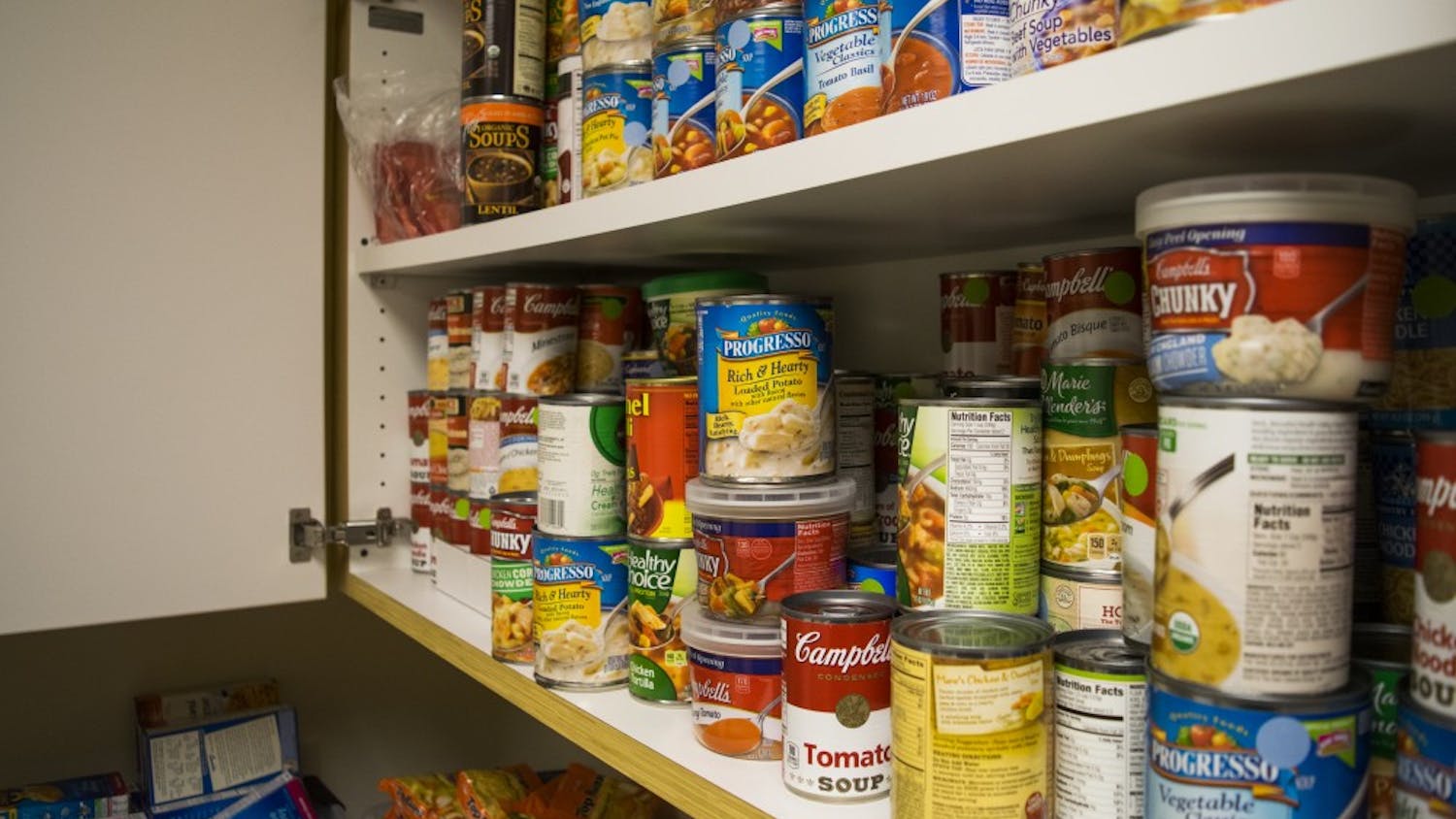While any Big Ten conference schedule would be a grueling test this season, Wisconsin (9-4 Big Ten, 18-8 overall) might have had the toughest slate of any team in the conference the last 10 games. The Badgers have played six ranked teams during that stretch, more than any other Big Ten team. Further, none of those 10 games came against a team in the bottom one-third of the conference standings.
Northwestern (4-9, 13-13) might appear to be an easier matchup given UW’s recent stretch of opponents, especially because the Wildcats have lost two starters this season: Senior guard Drew Crawford was shelved with a shoulder injury before Northwestern even began its Big Ten schedule, while senior forward Jared Swopshire was recently ruled out for the year because of a knee injury.
Nonetheless, the Wildcats have—as they seemingly do every season—competed with some of the top teams in the conference, grabbing wins over then-ranked Illinois and Minnesota and giving Big Ten-leading Indiana a run for its money down the stretch.
Senior forward Mike Bruesewitz said Northwestern would clearly be a better team with Crawford and Swopshire in the mix, and the Wildcats’ level of competition goes to show how tough the conference is this season.
“They kind of had what happened to us but on a much bigger scale with the season-ending injuries,” Bruesewitz said, referencing the season-ending ACL injury to junior guard Josh Gasser. “But they’re still giving teams games and playing at a high level.”
Perhaps one reason Northwestern gives teams fits is its unique Princeton offense, a motion-style attack that is predicated on spacing out the defense and capitalizing on over aggressive defenders with backdoor cuts.
“That’s the whole basis of [the] Princeton [offense],” Bruesewitz said. “Take the pressure and make the other team pay for doing that.”
One could certainly argue it takes more defensive discipline to shut down a motion offense than a unit that primarily runs set plays, as motion offenses often strike when a defense least expects it.
“The thing they do so well is they change speeds,” associate head coach Greg Gard said. “They’ll lull you to sleep with some of the action high and away, and then they’ll come with some really accelerated cuts.”
Gard noted the importance of UW’s scout players this week in preparing for the Princeton offense. In particular, senior guards Dan Fahey and J.D. Wise have helped prepare the Badgers’ regular rotation players to play the Wildcats for four years. In addition to Fahey and Wise’s familiarity running Northwestern’s offense, redshirt junior guard Zach Bohannon played in a Princeton-style offense for two seasons at Air Force before transferring to Wisconsin.
“He’s probably taught me more about it in terms of the areas and the actions within it and what they look for more so than what I can pick up on film,” Gard said of Bohannon.
Although UW’s execution will ultimately determine whether it has defensive success Wednesday, Bruesewitz thinks Wisconsin’s defense matches up well against the Wildcats’ motion offense.
“Our defense is set in a way that we try to run guys off the 3-point line and not let them get layups,” Bruesewitz said. “It’ll kind of be a game of attrition to see which one wins.”
Offensively, the Badgers are coming off their most efficient shooting performance of the season. Wisconsin shot 52.7 percent from the field and assisted on 16 of its 29 field goals.
Bruesewitz said UW had success offensively because it spaced the floor well and found a good balance between shots around the bucket and beyond the arc. Furthermore, the Badgers created 3-point attempts after penetrating and kicking the ball out to shooters whose defenders sank into the lane, as opposed to simply swinging the ball around the perimeter.
“[Kick outs] are the highest-percentage shots from 3—inside-out 3s,” Bruesewitz said. “We did a good job of finding guys out on the perimeter who were stepping into shots, and that’s pretty good for this team because we’ve got a lot of guys who are rhythm shooters.”
Gard credited the Badgers’ activity in the paint and their vision to find open shooters on the perimeter, but he said their open 3-point looks also came in part from their off-the-ball activity.
“We’ve done a better job of moving away from the ball,” Gard said. “Our guys out on the perimeter are more active, not just standing watching, hoping the guy with the ball makes something happen.”






